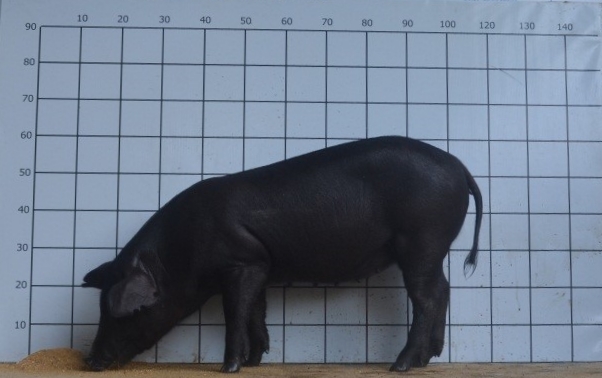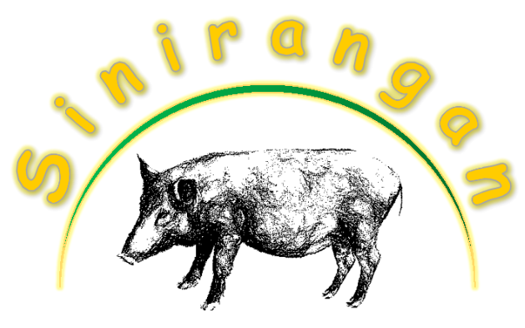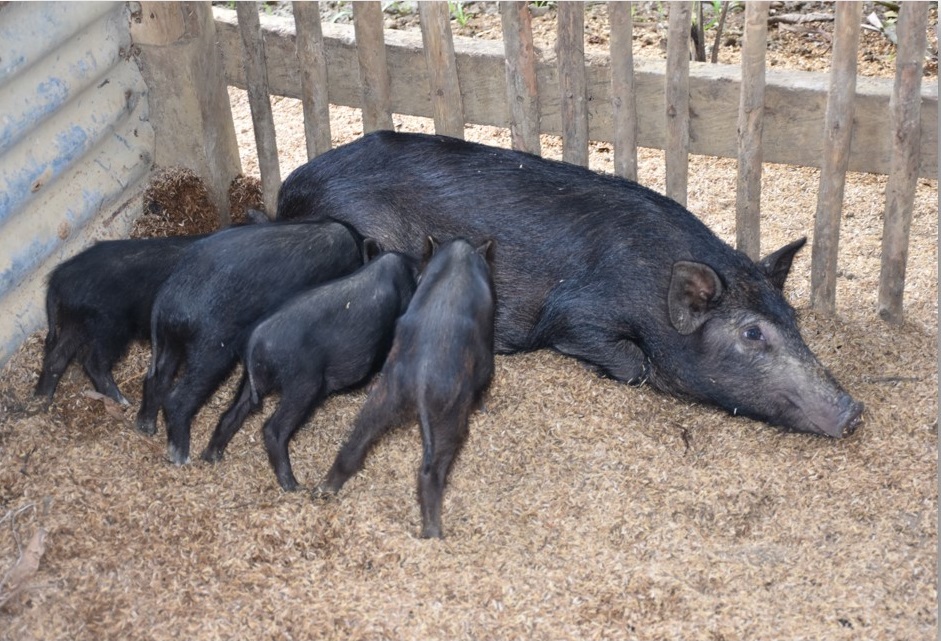Sinirangan®
Location: Eastern Samar State University (Borongan Campus)
Address: ESSU Sinirangan® Native Pig Center
Sitio Diyo, Brgy. Tabunan, Borongan City, Eastern Samar 6800
Contact Person: Dr. Felix A. Afable / Dr. Sharon B. Singzon
Contact at essuphilnativepig@gmail.com
History
More than 10 years ago, native pigs were introduced into the Eastern Samar State University's farm in Sitio Diyo of Brgy. Tabunan in Borongan City. The farm used to be an orchard which had yearly typhoons destroying many of its fruit trees. Thus, it became transformed into a cogon dominated area where native pig thrived.
The pigs were raised under an extensive management system. They were free-range pigs roaming the grasslands and areas under the fruit trees. Even with minimal human intervention, they grew and survived. Native pigs are prefered in Borongan as lechon during special occasions.
In 2015, DOST-PCAARRD funded a native pig conservation and improvement project, where native pigs from various locations in Region 8 were bought and mated with the original stocks. Afterwhich, selection and breeding were done to produce the Sinirangan® native pig.
Morphology
Both male and female of the Sinirangan® breed have straight hair type, black coat, and smooth skin type. They have straight head shape, tail type, and backline, and erect ears. Body weight at 180 days is from 18 to 23 kilograms for males. However, females are heavier, weighing 21 to 28 kilograms.
The mature pig grows to about 59 to 67 centimeters in length for males and 59 to 69 centimeters for females. The head length and pelvic width on average is 26 centimeters and 19 centimeters, respectively, in both sexes. The average teat number is 12.
Reproductive Performance
Sinirangan® sows farrow 3 to 8 piglets, weighing 0.50 kilogram on average at birth. Interestingly, there are more males than females in a litter. At forty-eight (48) days of age, weaning weight is 2.44 kilograms.

 Q-Black
Q-Black
 Benguet Native Pig
Benguet Native Pig
 ISUbela
ISUbela
 Yookah®
Yookah®
 Markaduke
Markaduke




